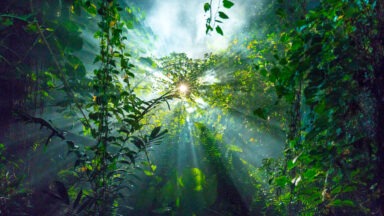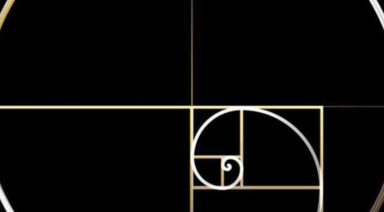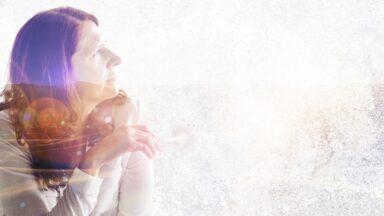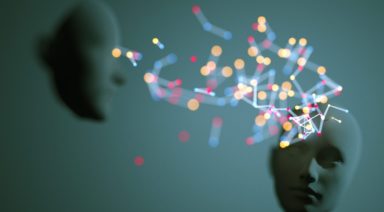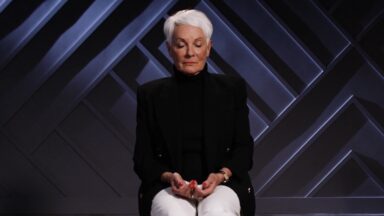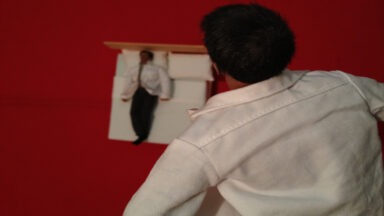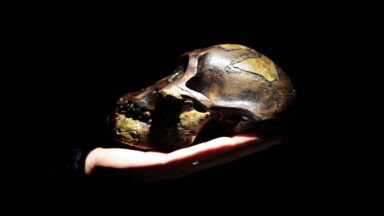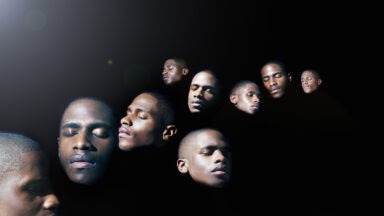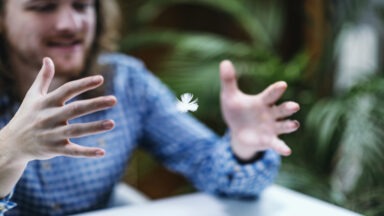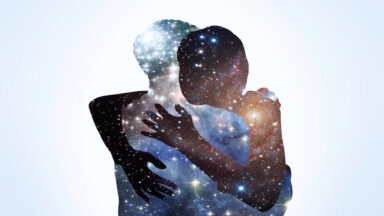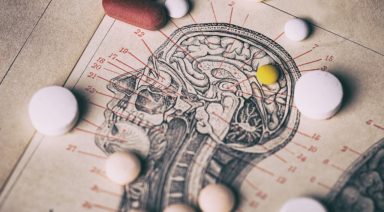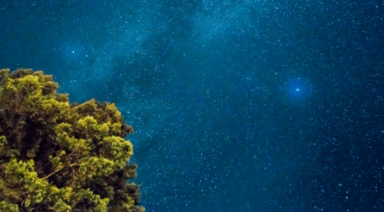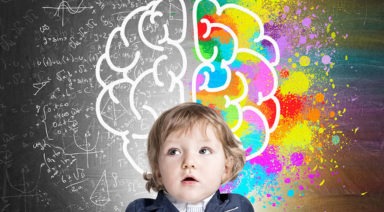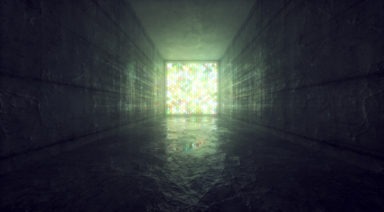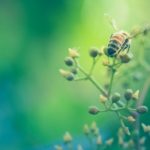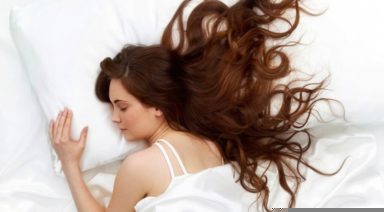Are You Living in a Computer Simulation?
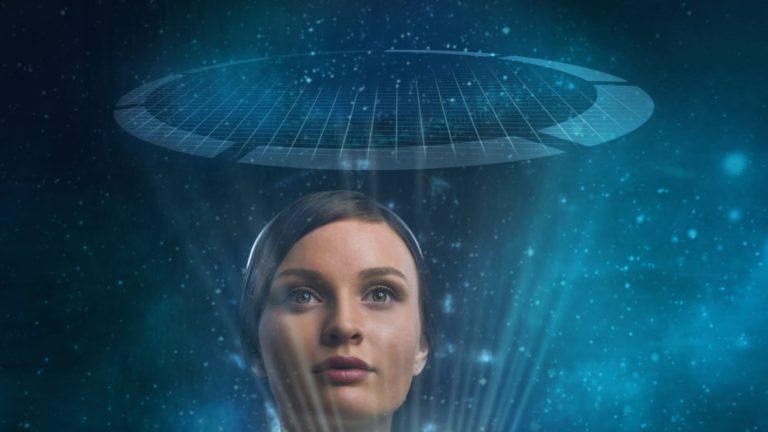
Is Our Reality Actually a Simulation?
The idea that our reality could be the result of a simulation generated by an advanced intelligence is one that is becoming increasingly embraced. Before Elon Musk and other popular influencers brought this idea to the forefront of media attention, Nick Bostrom, a philosopher at The University of Oxford, formulated his simulation argument that has since gained significant traction.
Imagining a day in which technology is capable of mimicking and stimulating our daily senses is easier to fathom with our seemingly exponential advancements. If or when we have the ability to run computer simulations by creating sentient beings would we do it and for what purpose? This question comes with numerous ethical and moral dilemmas.
It seems that a precursor or parallel to this reality would be one in which our consciousness could be uploaded to a computer or ulterior platform. While this may seem implausible, the idea of substrate-independence provides a possibility. Bostrom posits this idea in the possibility of imprinting consciousness. Essentially, the assumption is that if the system generating consciousness is built sufficiently it can be applied to man or machine.
Practically Implementing Consciousness
Although the computing power necessary to mimic our brain function is not yet attainable, Bostrom broke down how much computing power it would hypothetically take. He equated that the amount of power it would take to stimulate the central nervous system would be tantamount to the amount of energy it would take to stimulate a human mind. This amount of power would equate to between ~1014 and ~1017 operations per second. Other difficulties arise in harnessing the computing power to create an environment. Bostrom thinks that to save computing power it would be possible to implement ad hoc realities as they are discovered, giving the example of humans discovering quantum particles and their ambiguities.

The Holographic Universe: Living in a Simulated Reality with Linda Moulton Howe
Linda Moulton Howe explores the possibility that we are but one simulated universe nested within a series of simulated universes. Far beyond the limits of our corporeal reality a strange holographic projector transmits information that we perceive as physical reality. An increasing number of scientists are accepting the idea that our reality is a holographic projection and new data comes to light which suggests that this projection is artificial in nature
Error-Correcting Codes
In his study of string theory and more specifically supersymmetry, Dr. Jim Gates a physicist from the University of Maryland, claims to have discovered error correcting codes in fundamental particles like quarks and leptons. These types of codes are more commonly known for their use in computing. Gates claims that these codes found in his study of nanoparticles are essentially the same as a very particular type of code that allows for the functioning of browsers.
“When you then try to understand these pictures you find out that buried in them are computer codes just like the type that you’d find in a browser when you go to surf the web. And so I’m left with the puzzle of trying to figure out whether I live in The Matrix or not,” Gates said.

What’s the Probability
When Elon Musk was asked recently about whether he believes we live in a computer simulation, he said that the chance of us living in what he calls ‘base reality’ or an organic, non-computer simulation is one in billions. Others believe that there is a proportionate possibility that we are or are not living in a simulation.
Bostrom’s simulation argument believes that there are three possibilites:
- The human species is very likely to go extinct before reaching a “posthuman” stage
- Any “posthuman” civilization is extremely unlikely to run a significant number of simulations of their evolutionary history (or variations thereof)
- We are almost certainly living in a computer simulation.
The idea that we live in a computer simulation has lead theorists to the idea that there could potentially be layers of simulations, like a Russian Matryoshka doll. These layers of simulation could present myriad questions as to the source reality or how this may fall in line with string theory’s idea of a multiverse in which numerous if not infinite universes exist.

Scientists Propose Idea of Planetary Intelligence

Can planets possess their own intelligence? That’s what University of Rochester astrophysicist Adam Frank and his colleagues, have proposed in a paper published in the International Journal of Astrobiology.
They pulled ideas from the Gaia Hypothesis — that all living organisms on Earth interact with inorganic organisms to regulate the conditions necessary for life, making the planet a self-regulating organism.
They looked at how, “[T]he appearance of technological intelligence may represent a kind of planetary-scale transition, and thus might be seen not as something which happens on a planet but to a planet”
They argue that to understand the evolution of life, we must study the planet as a whole instead of individual species. Their definition of planetary intelligence is “the acquisition and application of collective knowledge, operating at a planetary scale, which is integrated into the function of coupled planetary systems.”
Consider photosynthesis: for the first two billion years, Earth’s atmosphere was mainly molecular nitrogen, carbon dioxide, and some oxygen. The evolution of photosynthesis by bacteria lead to the “great oxygenation event” about two and a half billion years ago.


